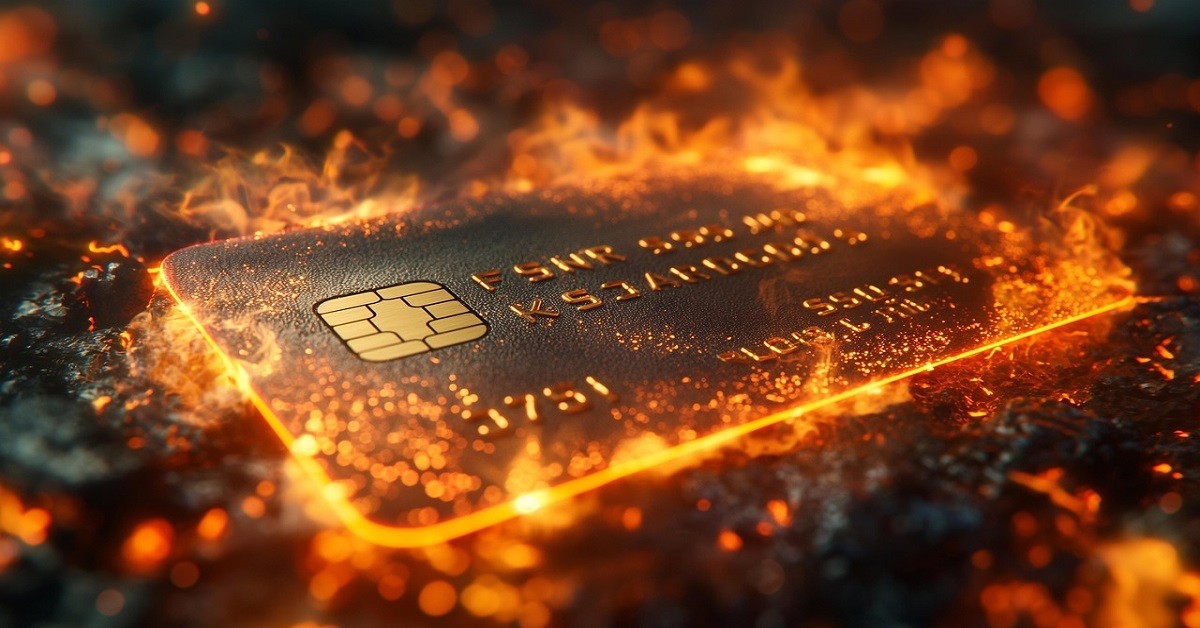One of the most common questions people with poor credit ask is, “Can I get a credit card with bad credit?”
The answer is yes, you can get approved for a credit card even with bad credit.
This article provides a comprehensive guide to help you secure a credit card with bad credit.
Understand Your Credit Score and Credit Report
Your credit score is a numerical representation of your creditworthiness, and it usually ranges from 300 to 850.
A score under 580 is generally considered poor credit, while a score between 580 and 669 is considered fair.
Having a low credit score doesn’t automatically mean that you will not get a credit card approved. However, it does make it more challenging.
Lenders typically view low credit scores as a sign of higher risk, which could lead to higher interest rates or fewer credit card options.
How To Review?
To get started, request a free copy of your credit report from the three major credit bureaus (Equifax, Experian, and TransUnion) through the official site.
This will help you understand any negative items on your credit report that could impact your credit card applications with bad credit.
By reviewing your credit report, you can also identify potential errors. If you find any mistakes, dispute them with the credit bureaus to have them corrected.
Monitor Your Credit Regularly
Many credit card issuers offer free credit score tracking as a perk for cardholders, so take advantage of this feature.
You can adjust your spending and payment habits by staying informed about your credit score.
Know the Types of Credit Cards for Bad Credit
When you’re asking, “How can I get a credit card with bad credit?” it’s crucial to know the available options.
Issuers offer a variety of cards for individuals with poor credit, so choosing the right one for your financial situation is essential.
Here are a few options for credit cards to get approved for with bad credit:
- Secured Credit Cards: These cards require a security deposit, typically your credit limit. Secured cards are often the easiest to get approved for if you have bad credit. Your deposit acts as collateral, making the card less risky for the issuer. For example, the Capital One Secured Mastercard offers a low minimum deposit and a chance to increase your credit limit over time with responsible use.
- Unsecured Credit Cards for Bad Credit: While more challenging to obtain, there are unsecured credit cards designed specifically for people with poor credit. These cards often have higher fees and interest rates but can be a good option for rebuilding credit. For example, the OpenSky Secured Visa Credit Card is an unsecured card with flexible approval criteria for individuals with bad credit.
- Retail Store Cards: These are credit cards retailers, and department stores offer. They may be easier to get approved for but typically have high interest rates and can only be used at specific stores. For example, the Target REDcard offers easy approval for shoppers, but it can only be used at Target stores or on their websites.
Some credit card issuers may even offer pre-qualification checks, which let you see if you might be approved without impacting your credit score.
Look for cards that advertise for those with poor or bad credit scores.
Look for Credit Cards with No Annual Fees
Many credit cards designed for people with bad credit come with high fees, including annual, monthly maintenance, and application fees.
However, there are options available that charge little to no annual fees. These types of credit cards allow you to save money and allocate more funds.
The Petal 1 “No Annual Fee” Visa Credit Card is an excellent option with no annual fee and is designed for individuals with limited or bad credit.
Consider Prepaid Cards as an Alternative
If you’re finding it challenging to get accepted for credit cards, prepaid cards are another option.
Although they don’t help you build credit, prepaid cards can be useful for managing your finances and making purchases without accumulating debt.
With prepaid cards, you load the card with a certain amount of money, and then you can use it just like a regular credit card.
While prepaid cards don’t directly impact your credit score, they can help with budgeting and controlling spending.
- You can find examples such as the Bluebird by American Express or NetSpend Prepaid Card.
Build Credit by Making Timely Payments
Once you have successfully applied for and received a credit card, it’s important to use it responsibly to rebuild your credit.
One of the most significant factors that affect your credit score is your payment history.
According to FICO, payment history accounts for about 35% of your credit score calculation.
To rebuild your credit, make sure you always pay your bills on time. Set up automatic payments and pay off the balance in full each month.
- For example, Credit One Bank Platinum Visa for Rebuilding Credit offers an automatic payment feature and allows cardholders to track their payment history for credit-building purposes.
Keep Your Credit Utilization Low
Credit utilization—the percentage of your available credit that you use—is another important factor in your credit score.
Aim to keep your credit utilization below 30%. For example, if you have a $1,000 credit limit, keep your balance below $300.
High credit utilization can signal to lenders that you may overextend yourself financially, hurting your chances of approval for future credit cards.
By maintaining a low credit utilization rate, you demonstrate responsible credit management, which will help boost your credit score.
Conclusion
Getting approved for a credit card with bad credit is possible, but it requires a careful, strategic approach.
Understanding your credit score, choosing the right type of card, and using it responsibly are key steps to rebuilding your credit.
Focus on credit cards designed for individuals with poor credit and avoid applying for cards that are beyond your current credit standing.
